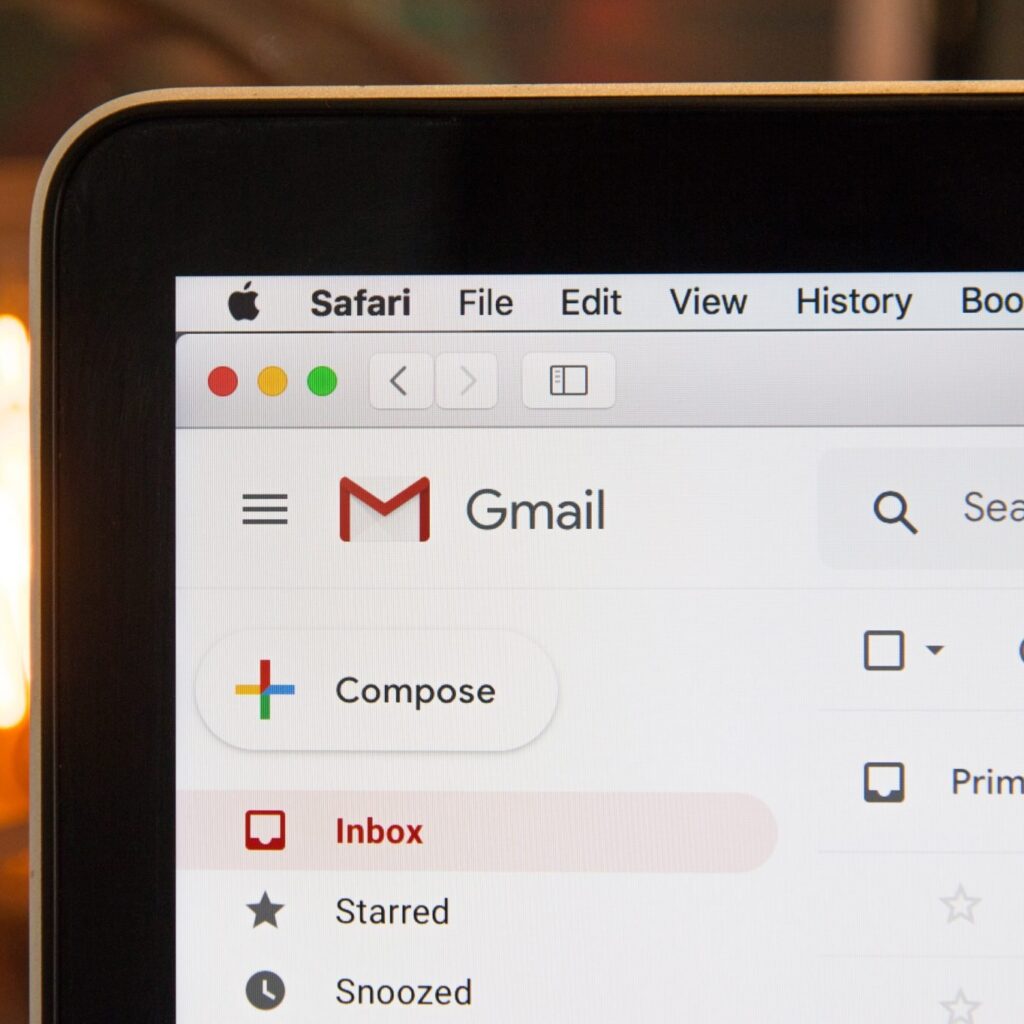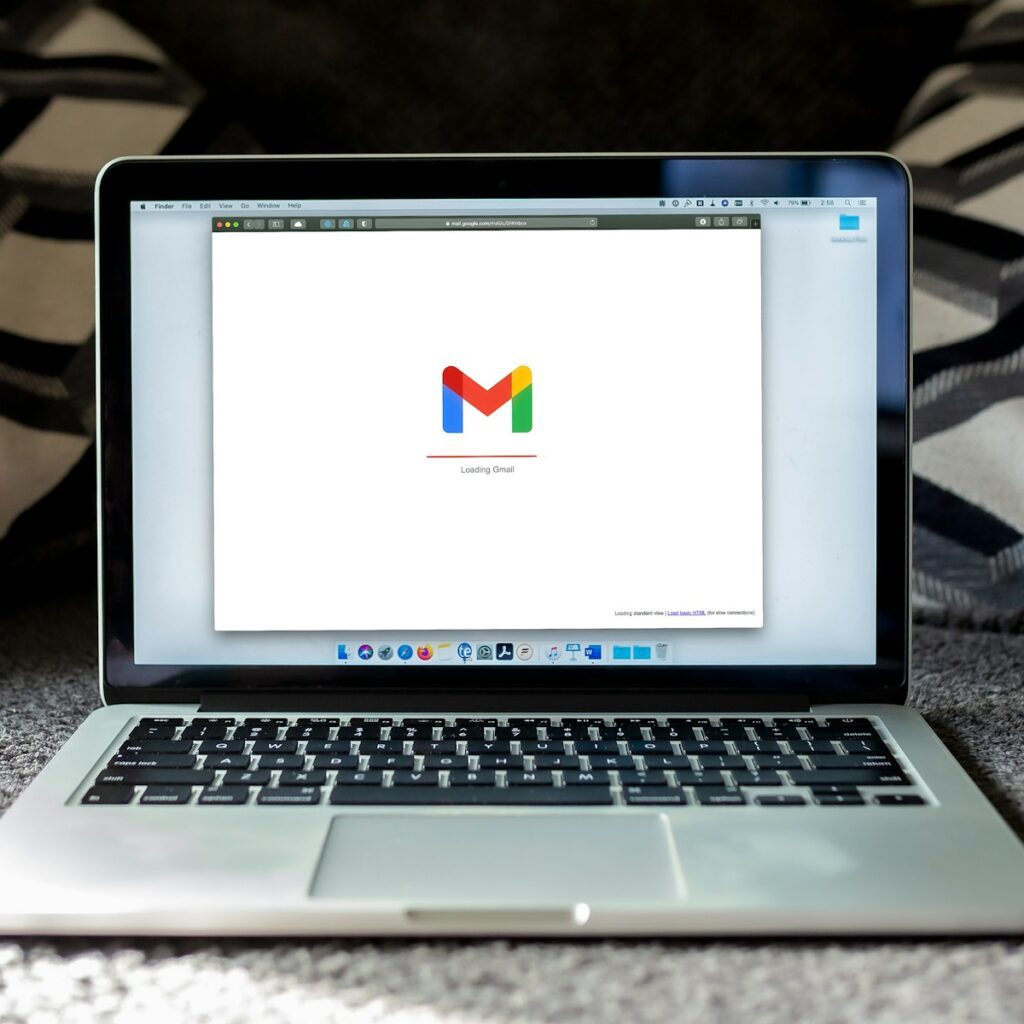Email Copywriting: Best and Worst Practices


Ezekiel Muoneke
Content Writer
- Blog
- May 27, 2023
- 4:42 pm
As has already been established in our email series, email marketing is one of the most effective ways to reach your target audience and generate leads. However, writing an email copy that converts is not as easy as it sounds. You need to consider various factors such as the subject line, the tone, the structure, the call to action, and the value proposition. In this article, we will share some of the best practices and common mistakes to avoid when writing an email copy.
What is an Email Copy?
An email copy is the text that you write in your email to communicate your message to your subscribers. It can be a newsletter, a promotional offer, a welcome email, a follow-up email, or any other type of email that you send to your list. The purpose of an email’s copy is to urge the recipient to do something, like click on a link, buy something, sign up for a trial, or respond to your email.


Why is Email Copy Important?
Email copy is important because it determines whether your email will be opened, read, and acted upon by your recipients. According to a study by Litmus, the average email open rate in 2020 was 21.3%, and the average click-through rate was 2.6%. This means that only a fraction of your subscribers will actually see and engage with your email. Therefore, you need to write an email copy that stands out from the crowd and convinces your readers to take action.
How to Write an Effective Email Copy?
The best way to write effective email copy varies depending on the recipient. However, there are some general guidelines that you can follow to improve your chances of success. Here are some of the do’s and dont’s of writing an email copy.
Dos:
1. Write a Catchy Subject Line
When your subscribers receive an email, the subject line is the first thing they will see. It should capture their attention and entice them to open your email. A good subject line should be clear, concise, relevant, personalised, and benefit-oriented. Instead of saying “Our latest update can save time and money,” you may write “How our new feature can save you time and money.”
2. Use a Friendly and Conversational Tone
Your email copy should sound like you are talking to a friend or a colleague, not like you are lecturing or selling something. Use simple and familiar words, avoid jargon and acronyms, and address your readers by their name or pronoun. You can also use humour, anecdotes, or questions to make your email more engaging and relatable.
3. Prioritise the Benefits Over the Features
Your email copy should answer the question “What’s in it for me?” for your readers. Instead of listing the features of your product or service, explain how they can solve their problems or improve their situation. Instead of saying that our app includes a built-in calendar, you may say something like, “With our app, you can easily schedule your appointments and never miss a deadline.”
4. Use Clear and Compelling Call to Action (CTA)
Because it informs readers of what they should do next, the CTA is the most important section of your email message. For instance, you could write “Claim your free trial now” instead of “Click here.”
5. Proofread and Test Your Email Copy
Before you hit send, make sure that your email copy is free of spelling, grammar, punctuation, and formatting errors. You can use tools like Grammarly or Quillbot to check and improve your writing. You should also test your email on different devices and platforms to ensure that it looks good and works properly.
Don'ts:
1. Write too Long or too Short Emails
There is no ideal length for an email copy because it depends on your purpose, audience, and message. However, you should avoid writing emails that are too long or too short for your readers’ attention span and interest level. A general rule of thumb is to keep your emails between 50 and 200 words.
2. Use too Many Images or Attachments
While many tend to be guilty of this, like myself, because images and attachments enhance blog posts and email copies by adding visual appeal and providing additional information, they can also slow down the loading time of your email and increase the chances of being marked as spam or blocked by firewalls.
Therefore, you should use images and attachments sparingly and only when they are relevant and necessary for your message.


3. Make False or Exaggerated Claims
Your email copy should be honest and credible because your readers will not trust you if you lie or exaggerate about your product or service. You should back up your claims with facts, statistics, testimonials, or guarantees. A better alternative to stating “Our product is the best across the market” would be “Our product has been rated 4.8 out of 5 stars by over 10,000 customers.” You see, no lie no foul.
4. Use too Many Colours or Fonts
Your email copy should be easy to read and scan because most people will not read every word of your email. You should use colours and fonts that are consistent with your brand identity and style guide. You should also use white space, bullet points, headings, subheadings, and bolding to break up your text and highlight the key points.
5. Send Emails Without Permission or Segmentation
Your email copy should be relevant and personalised for your subscribers because they will not open or click on emails that are not interesting or useful to them. You should only send emails to people who have given you permission to do so by opting in to your list or agreeing to receive marketing communications from you.
You should also segment your list based on criteria such as demographics, behaviour, preferences, or interests so that you can tailor your email copy accordingly.
ENJOYING THE ARTICLE?
Sign up For Our Newsletter
In conclusion, writing an email copy is an art and a science that requires creativity and strategy. By following the do’s and dont’s mentioned above, you can write an email copy that attracts attention, delivers value, and drives action.











